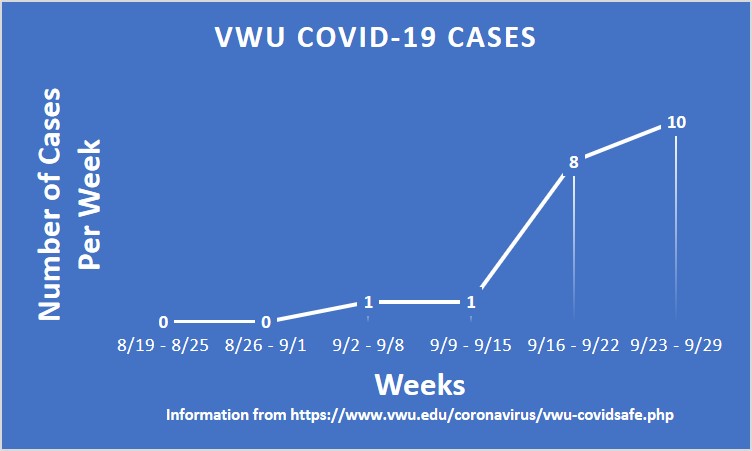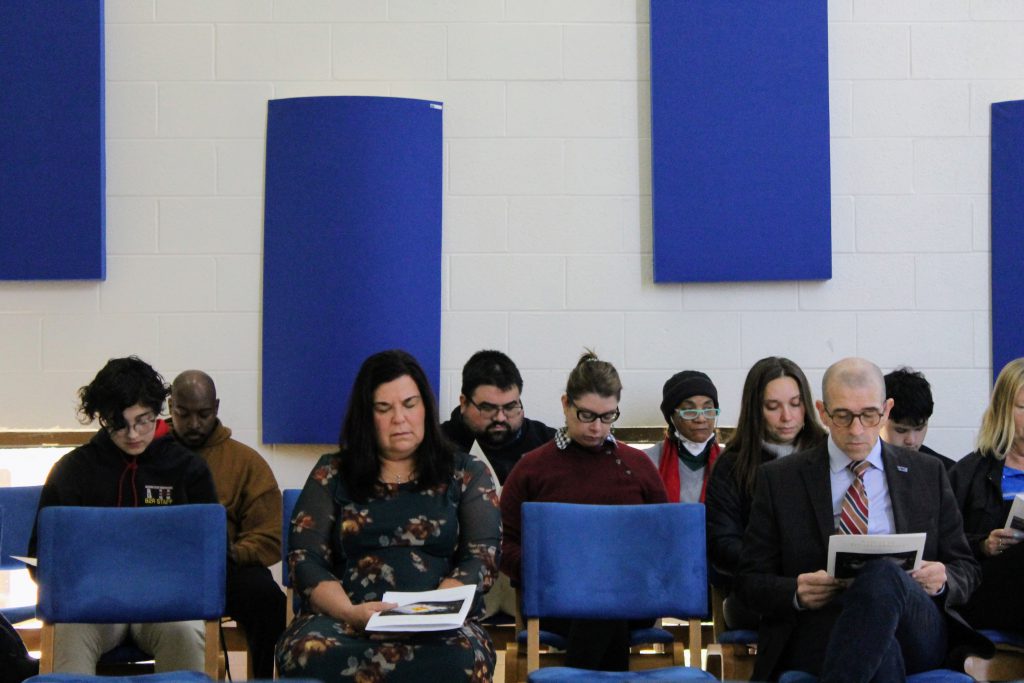Molly Fanney
News Editor
Ferguson, Missouri, has been dominating headlines, with violent riots in response to a local teen’s death that occurred on Aug. 9. Michael Brown’s death is being viewed by much of the Missouri community as a hate crime. Brown was shot and killed by a police officer while he was walking home from a convenience store with a friend. Brown, 18, was unarmed at the time he was killed. In the original news conference the following day, the St. Louis County police chief stated that Brown had physically assaulted the officer and had reached for the officer’s gun. One shot was fired inside the car and several more were shot outside. A candlelight vigil for the teen turned violent, shifting into a citywide riot in which more than a dozen businesses were vandalized and looted. More than 30 people were arrested, and two police officers suffered injuries.
The people of Ferguson faced intense backlash from local police forces and the American public alike for their chaotic response to the crime.
“The people of Ferguson are just as wrong as the person who pulled the trigger and killed Michael Brown,” said Imani West, a VWC senior and president of Student Government Association.
“It is not right to respond to violence with violence. That is how we ended up in this position in the first place. Violence is never the answer to get your point across. The citizens of Ferguson disrespected the death of Brown by acting like that. They did not serve him any form of justice. The cop and his family as well Mike Brown’s family are going through a lot. It will take longer for justice to be served for either party with all these violent riots.”
There is an intense fear among many residents of the Missouri town that the case will turn and the officer will not be found guilty of the killing of Michael Brown. Many local residents and officials fear that if the officer is not charged with the crime, more violence will occur in an area that is already severely distrustful of its legal system. U.S. Senator Claire McCaskill told The Associated Press that she has been pushing local and federal courts to wrap up investigations around the same time, so that all aevidence in the case can be made public, including the very controversial autopsy report of Brown. This is considered an important precautionary measure if the officer is in fact found to be not guilty. McCaskill, who is also a former prosecutor for the state of Missouri, says that evidence including blood splatter patterns, clothing, and shell casings, should ensure that the case is tried on irrefutable evidence. No matter where the case goes, the senator believes that the decision will be based on hard facts.
This is not the first time in recent years that America has faced the widespread upset caused by the untimely death of a minor. In February 2012, a high-school student named Trayvon Martin was shot and killed in a neighborhood in Sanford, Florida, by a man who claimed he was defending himself. George Zimmerman, the man who shot the 17-year-old, used the state’s “stand your ground” law to plead not guilty. Zimmerman was not charged in the teen’s death.
Much of the discord surrounding Brown’s death is rooted in racial tensions in a community that has recently experienced a paradigm shift. This has been acknowledged by many of Wesleyan’s students because of their knowledge of various disciplines. One such student, sophomore Emily Joy, noted that injustice in murder cases has roots in times of slavery. She is currently enrolled in English 258 and reading “Narrative of the Life of Frederick Douglass: An American Slave.”
“There’s a passage in the book where an overseer brutally whips and slave to the point where the slave jumps into a stream to relieve his pain. When the slave is unable to get out of the water, the overseer shoots him in the head. He faced absolutely no consequences. When I read this I was eerily reminded of the fact that true racism does exist today,” said Joy.
Sophomore and psychology major Taylor Boyd said, “Racism is something that will unfortunately continue to happen in our world. I’ve been a part of inclusive communities that stood against racism and prejudice, and you have to encourage your community to stop judgment and racism and hate. It’s going to take a lot of work, a long battle, but we can try to minimize it the best we can. I haven’t personally been a target in my community. It isn’t just traffic stops, I’ve been looked at suspiciously in the mall when I was window shopping and other people walk around without being judged in that way. It makes you uncomfortable.”
Even in recent years, there has been a dramatic demographic shift in Ferguson. St. Louis County, which was once a mostly white suburb, is now predominantly African American. Political infrastructure hasn’t been able to support the shift and fairly represent the community. Ferguson also has an almost entirely white school board, with only one Hispanic official. The superintendent, who was black, was very recently fired by the school board.
Reports of racist political activity in Ferguson have preceded the Brown shooting. Over 80 percent of drivers stopped in traffic stops in Ferguson in the past five years have been black, even though they only comprise two-thirds of the population. Once stopped, blacks are also much more likely to be asked to step out of their vehicles and are more subject to being searched by police. They are also less likely to have anything illegal found on them during these searches. Economically, black residents of Ferguson are also at a disadvantage, with rates of poverty and unemployment significantly higher than those of white residents. Forty-seven percent of the metro area’s black males age 16 to 24 are unemployed, while only 16 percent of white males are without jobs. Experts believe that the volatile situation in Ferguson was not simply due to the killing of a young black teen at the hands of a white police officer, but also the social inequities that have been transpiring in past years.

